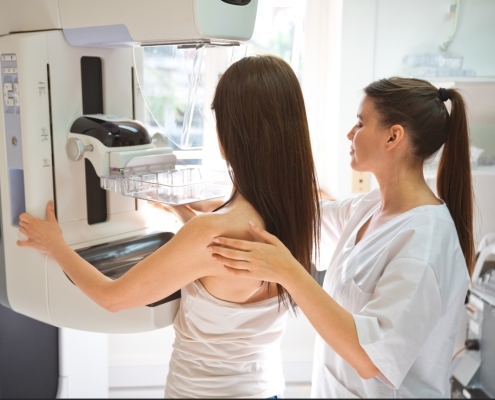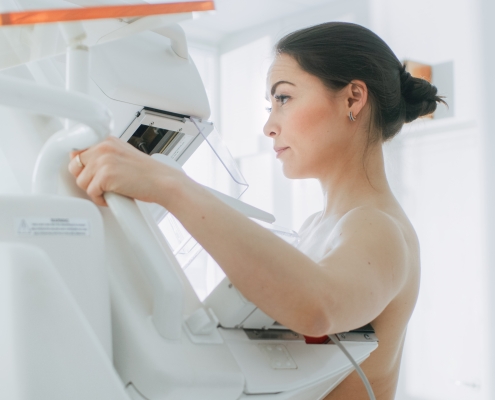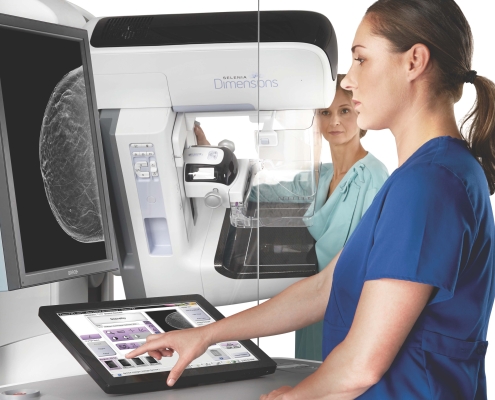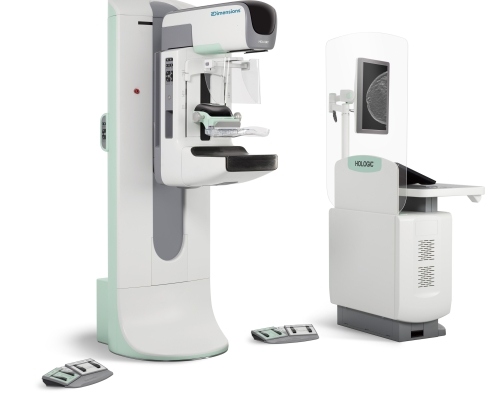NOTICE: Content on this Web site and any third party material incorporated in or linked from this site is for general educational and informational purposes only, and does not constitute or take the place of advice from a clinical provider. Please consult with your healthcare professional for information specific to your personal medical situation.
In the realm of breast cancer screening and detection, advancements in technology have significantly enhanced our ability to detect abnormalities early on. One such breakthrough is 3D mammography, also known as digital breast tomosynthesis (DBT). This technology represents a notable improvement over traditional 2D mammography, offering clearer and more detailed images that aid in early diagnosis and treatment planning.
How 3D Mammography Works?
Traditional 2D mammography captures two images of each breast from different angles. In contrast, 3D mammography takes multiple low-dose images from various angles around the breast. These images are then synthesized into a three-dimensional view of the breast tissue. This layered view allows radiologists to examine the breast tissue one thin slice at a time, making it easier to detect small tumors that may be hidden in overlapping tissue in 2D images.
Improved Cancer Detection Rates
Studies have shown that 3D mammography detects more cancers compared to 2D mammography, particularly invasive cancers that may not be visible on 2D images due to tissue overlap
Reduced False Positives
One of the drawbacks of 2D mammography is its tendency to produce false positives, leading to unnecessary biopsies and anxiety for patients. 3D mammography reduces these false alarms by providing a clearer picture of the breast tissue.
Better Visualization for Dense Breasts
Dense breast tissue can obscure potential tumors on 2D mammograms. 3D mammography improves visibility, making it more effective for women with dense breasts.
Enhanced Screening for High-Risk Patients
For women at higher risk of breast cancer, such as those with a family history or genetic predisposition, 3D mammography offers a more thorough screening option.





